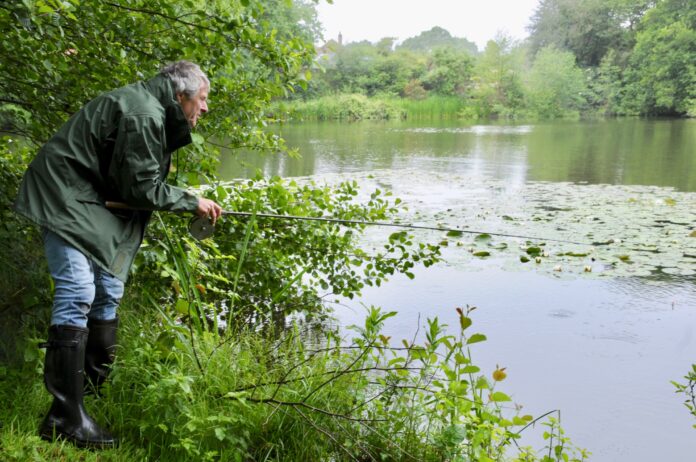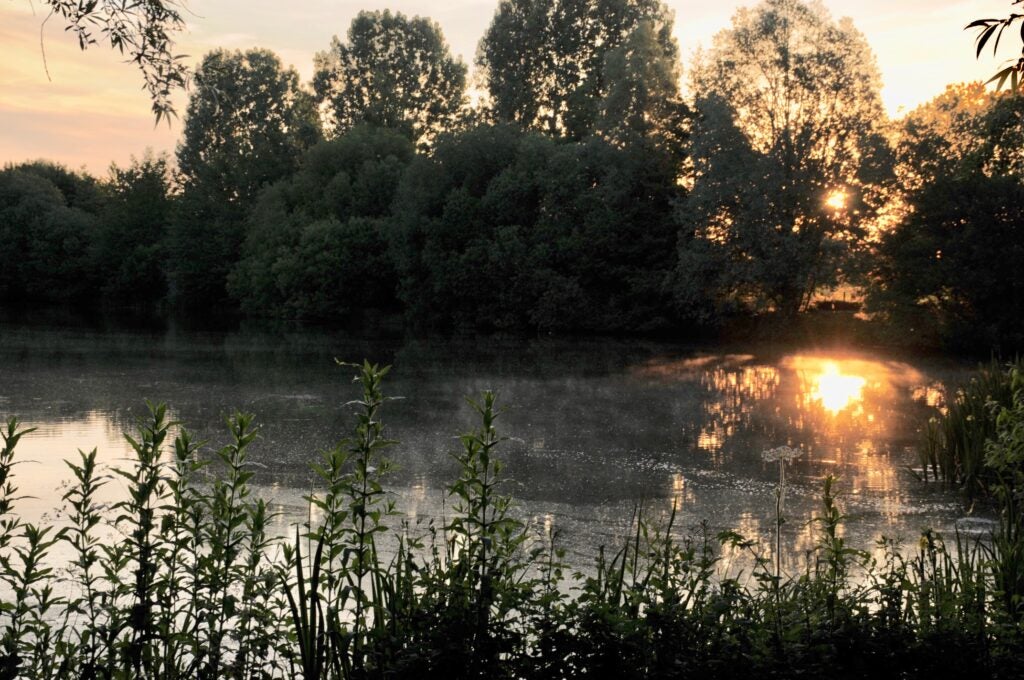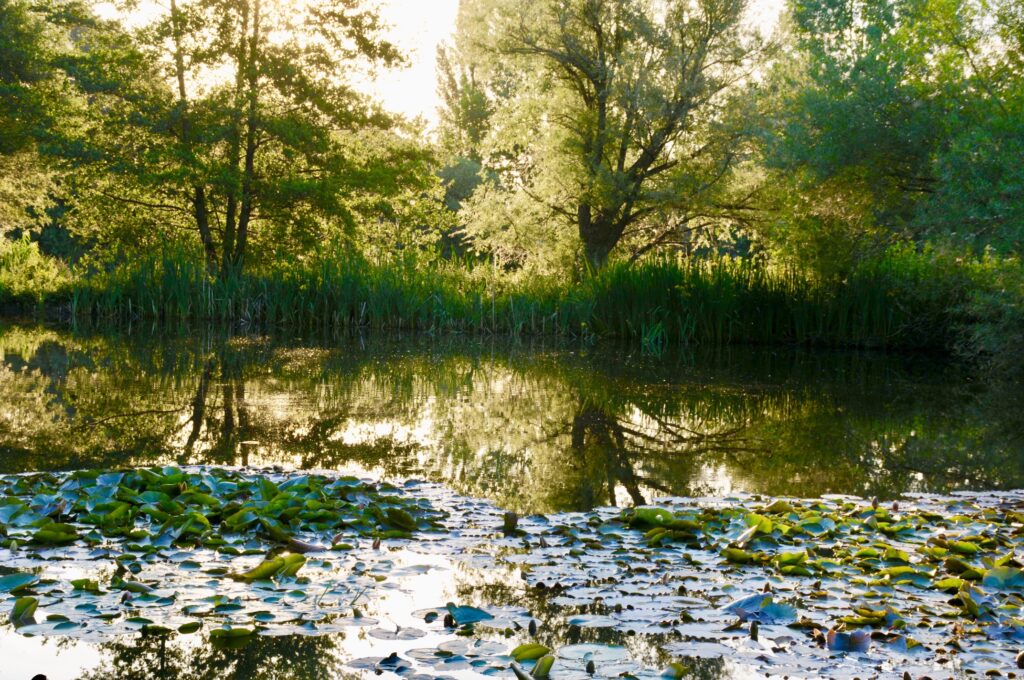FREELINING AND STALKING


Carpers of a certain age were all of us brought up to believe in the ‘Richard Walker School Of Freelining’. Clarissa, his record common, was caught on the method, and that was good enough for us young lads who strode confidently in his footsteps. The problem is that, as we all know, freelining is in most cases a hopeless approach, and most pick-ups result in lightning-fast runs that are speedily dropped. As happened to me continually in the mid-Sixties at Roman Lakes and Lymm Park Dam, both in Greater Manchester. New thinking that revolved around big leads and bolt set-ups were initially considered heresy in the Seventies, and it took me several revelatory trips to Essex waters to see the sense of the modern ways. Not of course, that many of us liked it much. Chris Yates was only one celebrated carper who flatly refused to accept that a hair rig was not cheating. I was with him shoulder to shoulder, ’till I realised that my carp catches were rocketing using these dubious developments, and my solidarity began to waver.
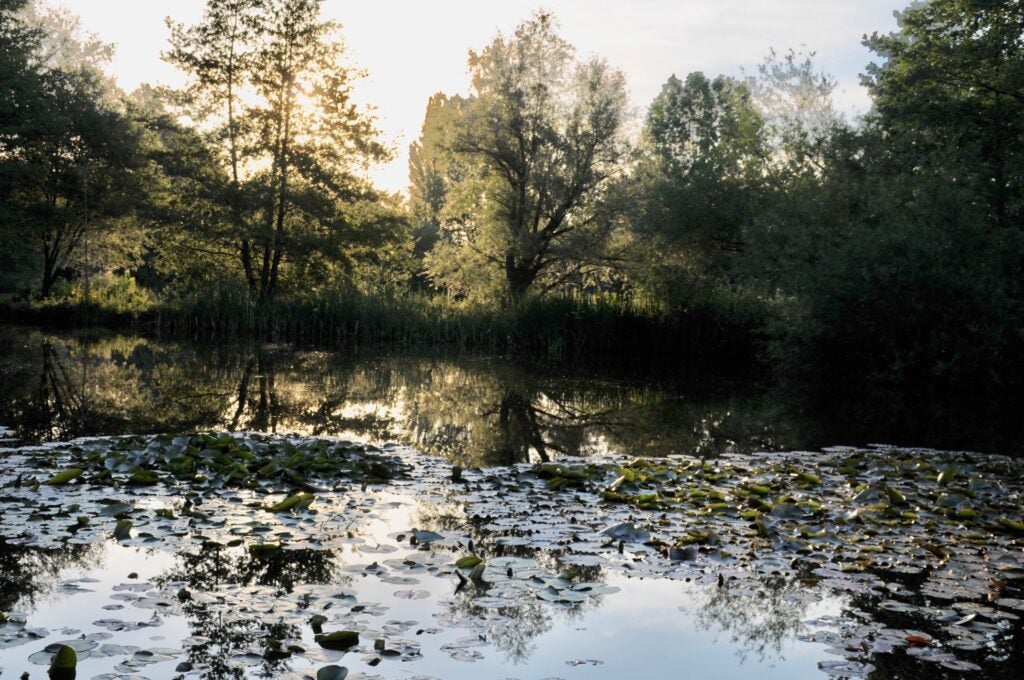

Of course, everything comes round a second time in fishing, and freelining once more has a small but rightful place on the modern carp scene. Of course, it’s not much use trying to punch an unweighted boilie a hundred-plus yards and then wait for a carp to self-hook, but there are moments when it pays to take the lead off the line and fish a bait weightless. Modern freelining and stalking are in my book indivisible.
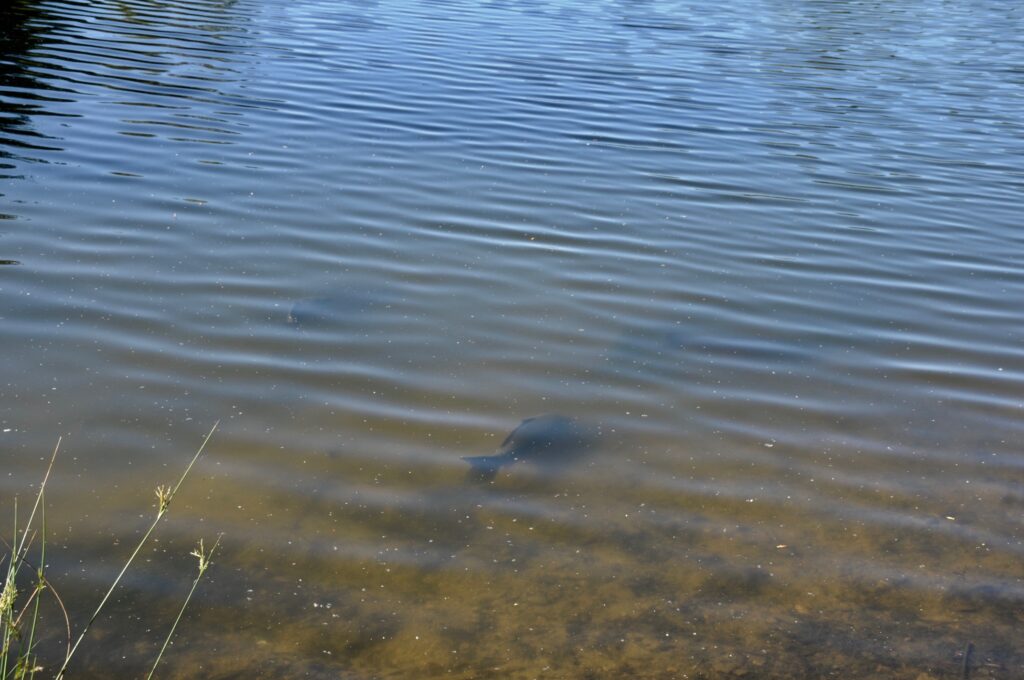

To get the full picture, we need to go back to my chapter on sighting fish, and really working out where they are and what they are doing. Freelining fits the schedule of the casual carper perfectly. One rod, one reel, one hook, and one bait. A few hours at the water, wandering, watching, strategising and often making a single cast. If that cast is to a feeding fish, and if the bait is right and if it doesn’t scare the carp on entry, then there is a fair chance success will result.
But first find those feeding fish, so often tucked into forgotten corners of the lake, away from the major wood-chipped swims and often where the wind is blowing in food. You can see it now. A tree fringe. A small bay. A reed bed or a scattering of lilies. A mild Southerly or Westerly is pushing in. The water is coloured a little, and perhaps there are puffs of cloud here and there. Sometimes the water looks just a little unstable, as though it is moving to an unseen force beneath. You might catch a glimpse of a scaled back, a fleeting fin. There’s no-one around to disturb the peace. Play it right my friend, and you could be in!
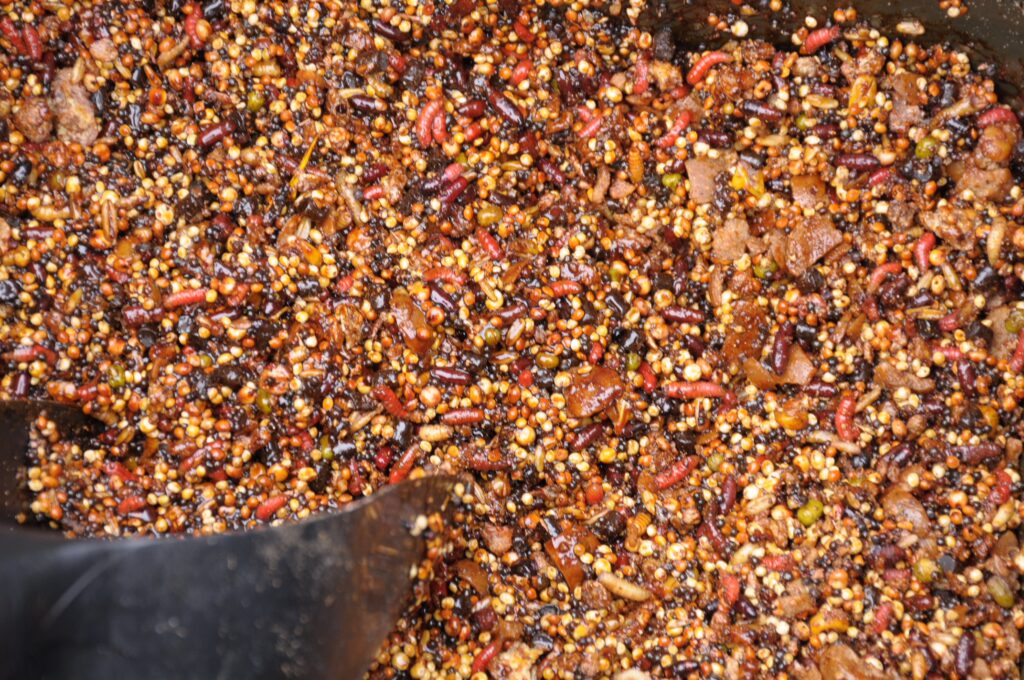

It’s traditional now to recommend a natural bait, and it’s true that a couple of lobs hooked through the head on a size 4 or 6 can do the business. Their weight alone allows a cast of ten yards easy, and all you need do is watch the line as it sinks and then wait for it to slide off and tighten. How simple is that and how exciting. When the line does twitch and move, and when you do lift into a carp, and when the surface does explode into a thousand fragments, there is no more thrilling experience in fishing.
But boilies work well, just a single one, fixed on a hair with a few crushed boilies scattered around. Maggot/hemp mix can be a killer. You can draw in the fish, get them boiling and then flick out a size 10 with a bunch of maggots, again on a hair. Sweetcorn was a killer bait back in the day, and has been forgotten on many waters. Try it now, especially close in and freelined. Carp can and do go mad for it.
Once again, freelining is all about short, sharp sessions fitted in around work and family pressures, but because it is so intense, there is no better way of mental escape. This is carping at its most engaging and most challenging. And with the summer coming, the best three hours are 4.00am ’till 7.00am, just right for a quickie before the day begins.










